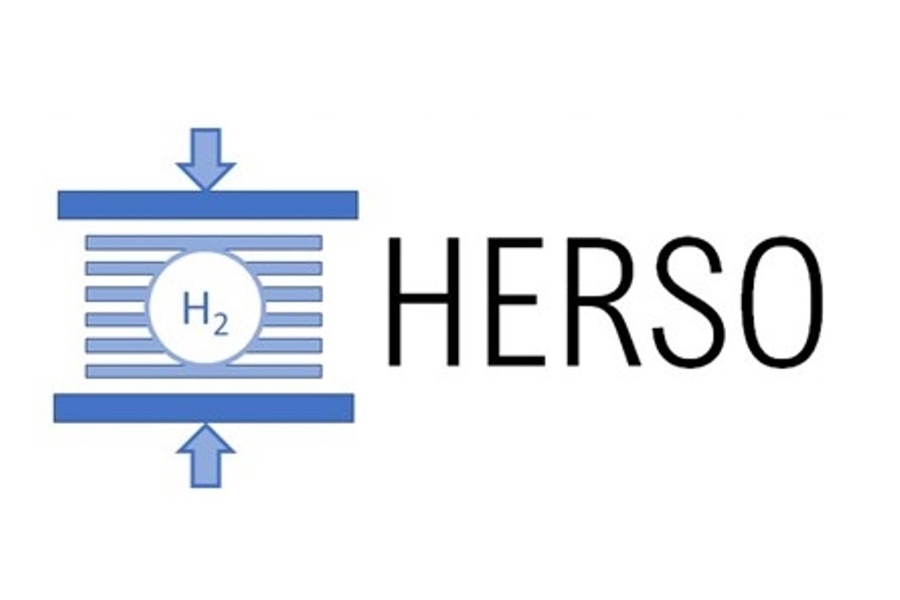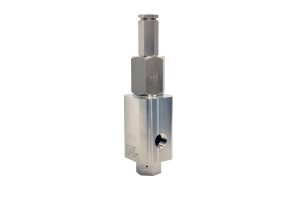Through this project, a novel concept of a highly efficient pressurized SOE stack technology and a simplified balance-of-plant (BoP) aim to achieve a cost reduction of the overall SOE system for a lower-cost production of hydrogen.
Large-scale green hydrogen production by means of water electrolysis is one of the important solutions to achieve the energy transition and to meet the CO2 emission reduction goals. Solid oxide electrolysis (SOE) offers the most efficient way to produce green hydrogen (20–30% more efficient compared to alkaline and PEM electrolysis), due to its operation at high temperature, which allows favorable thermodynamics and kinetics for conversion of steam into hydrogen and direct industrial process integration. Especially in countries like the Netherlands, with a large exothermic energy and petrochemical sector (Rotterdam, Geleen, Zeeland and Delfzijl), which all produce excess of steam, SOE becomes highly interesting, due to its capability of direct reuse of steam as feedstock. First field-ready systems, manufactured by Haldor Topsoe, Sunfire, Genvia, and Solid Power, are already available on the sub-MW scale, while 100MW-scale systems are expected to be in operation in 2024. To enhance the competitiveness of SOE, the HERSO project will contribute to the CAPEX reduction target (80–90%), which is prognosticated by Hydrogen Europe in 2030, and to improve system lifetime of SOE electrolyzer systems.
HERSO aims for pressurized SOE technology
HERSO aims at reducing both CAPEX and maintenance costs of the SOE electrolyzer system and at accelerating economically viable integration of the SOE electrolyzer system in the industrial environment.
The HERSO project goals will be achieved by focusing on increasing efficiency and lifetime of the SOE stack technology and simplification of the SOE system by increasing stack and system operating pressure. The following activities contribute to this focus:
- System design study on the SOE system addressing an improved operational match between stack and balance-of-plant design resulting in lower CAPEX and OPEX (lower maintenance, higher efficiency) for the overall SOE system;
- Development of a novel SOE short stack concept, with integration of robust performing SOE cells able to operate at improved current density and lifetime for pressurized H2-SOE operations (3–10 bar); and
- Assessment of the robust SOE system and integration potential in the industrial environment.






